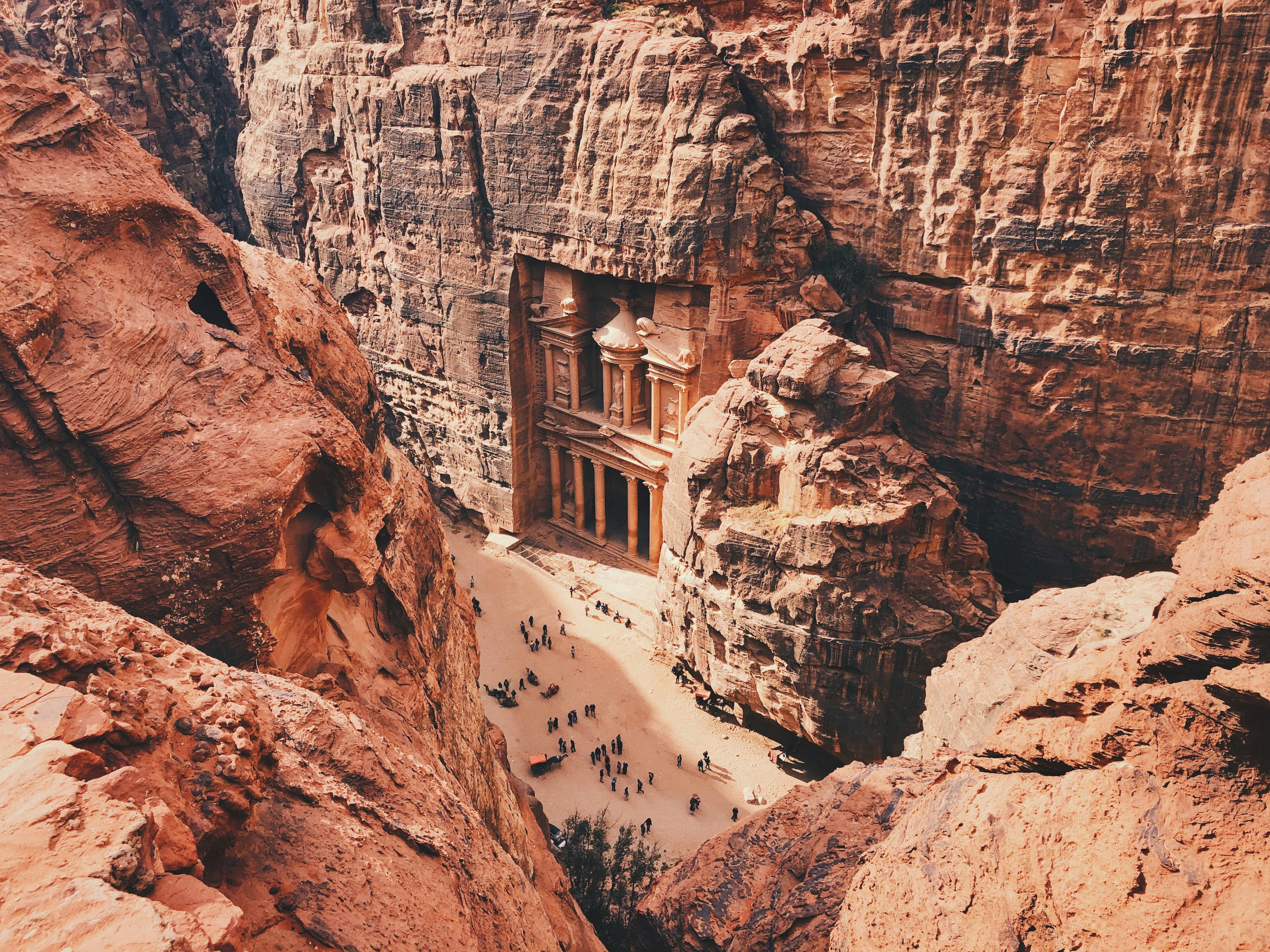
In-Depth Travel Guide to Jordan
Jordan, officially known as the Hashemite Kingdom of Jordan, is a country located in the heart of the Middle East. Though small in size, Jordan boasts some of the world’s most significant historical sites, diverse landscapes, and a blend of rich cultural traditions that captivate travelers from around the globe.
Rich Historical Legacy: From Ancient Civilizations to Modern Jordan
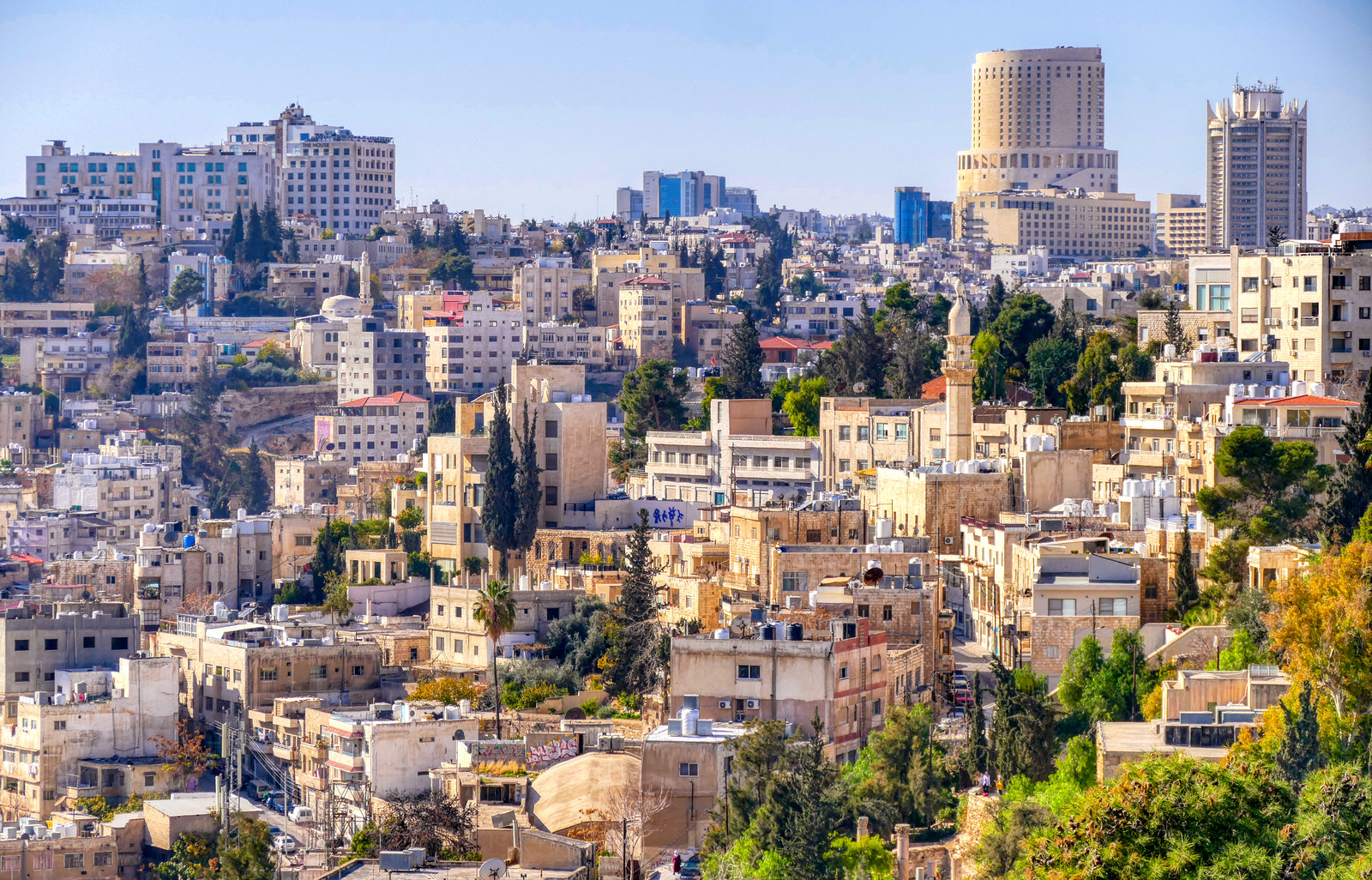
Jordan’s history spans thousands of years, with its land serving as a crossroads for various ancient civilizations. The evidence of these civilizations is still visible today in the country's monuments, ruins, and archaeological wonders. Jordan is a treasure trove of ancient history, much of which is preserved in iconic sites like Petra, Jerash, and the Dead Sea.
Petra – The Rose City
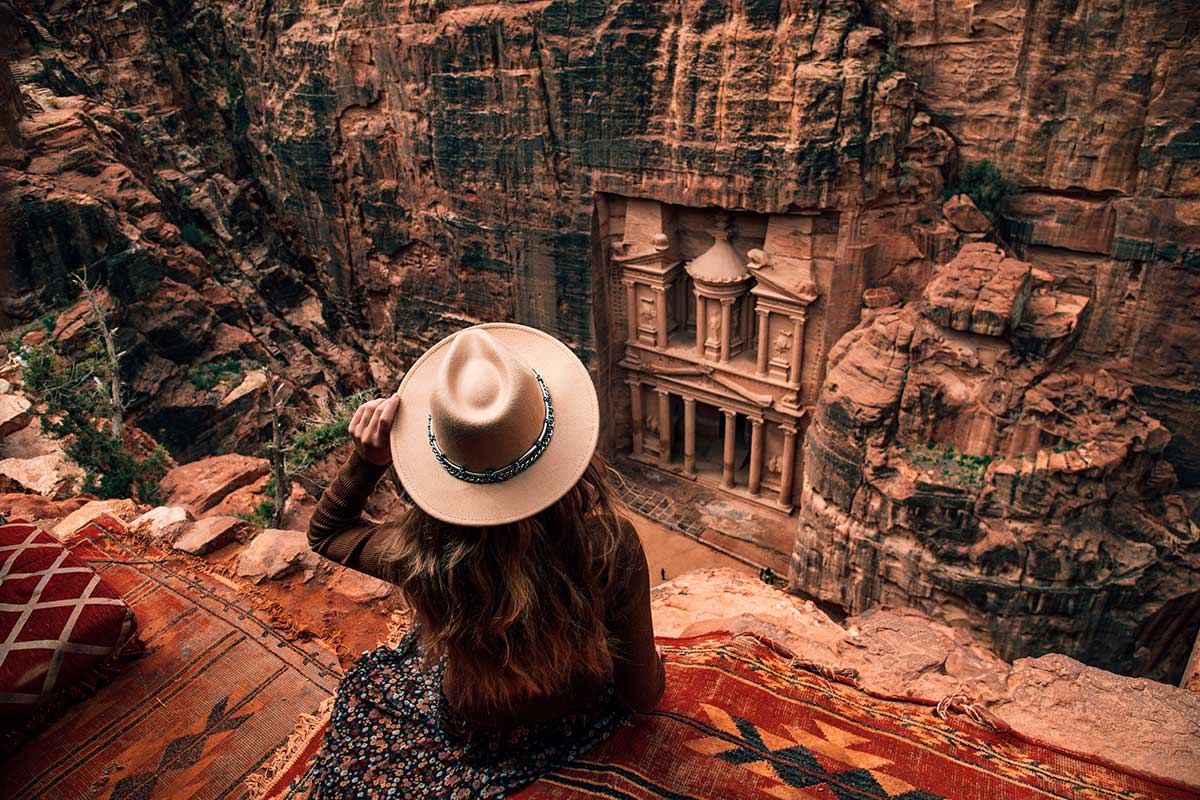
Petra, one of the New Seven Wonders of the World, is Jordan's crown jewel. This ancient city, carved into rose-red sandstone cliffs by the Nabataeans around 300 BCE, served as a thriving trade hub connecting the East and the West. Petra is famous for its intricate facades, such as the Treasury (Al-Khazneh), the Monastery (Ad-Deir), and the Roman-style amphitheater. Visitors often walk the Siq (a narrow gorge) to the Treasury, creating an unforgettable first impression of the site.
Petra’s significance goes beyond its beauty; it’s a symbol of human ingenuity. The Nabataeans engineered elaborate water management systems, and their skillful architecture is a testament to their understanding of both aesthetics and functionality.
Jerash – A Roman Gem
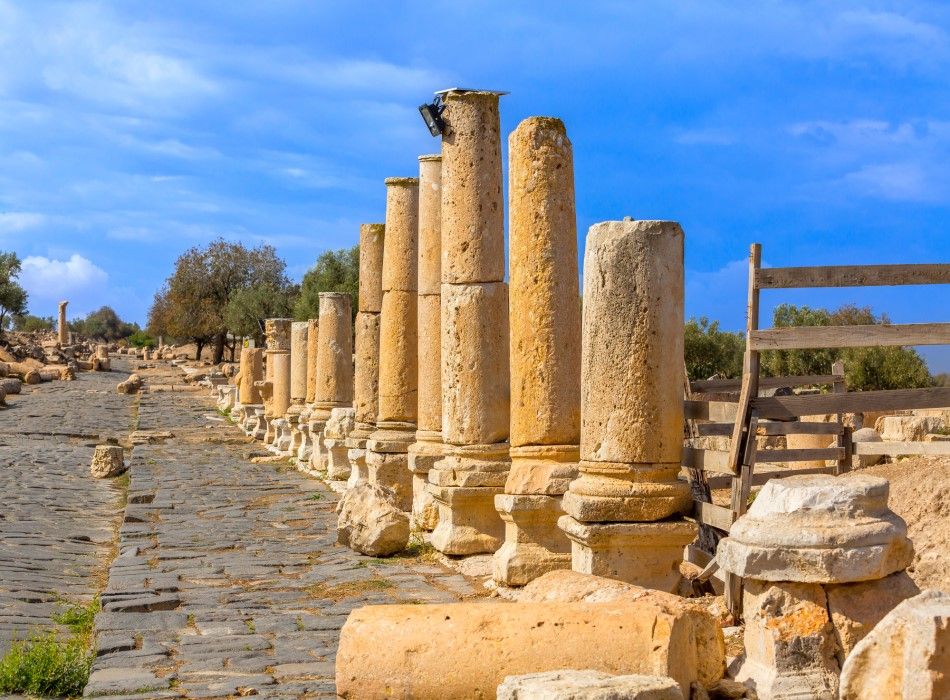
Jerash, also known as Gerasa in ancient times, is one of the best-preserved Roman cities in the world. Located north of Amman, Jerash offers a striking glimpse into Roman urban planning. Among the key attractions in Jerash are the Oval Plaza, Hadrian's Arch, the Temple of Artemis, and the North Theater. These well-preserved ruins provide a window into the daily life of the Romans, with their grand streets, temples, and public baths.
Dead Sea – The Saltwater Wonder
.jpg)
The Dead Sea is one of the most unique bodies of water in the world, sitting more than 400 meters below sea level, making it the lowest point on Earth. Due to its high salt and mineral content, the Dead Sea allows people to float effortlessly on its surface. Visitors come not only to relax but to take advantage of its therapeutic properties. The surrounding area is dotted with luxury resorts, making it a popular destination for relaxation and wellness tourism.
Amman – A Blend of Old and New
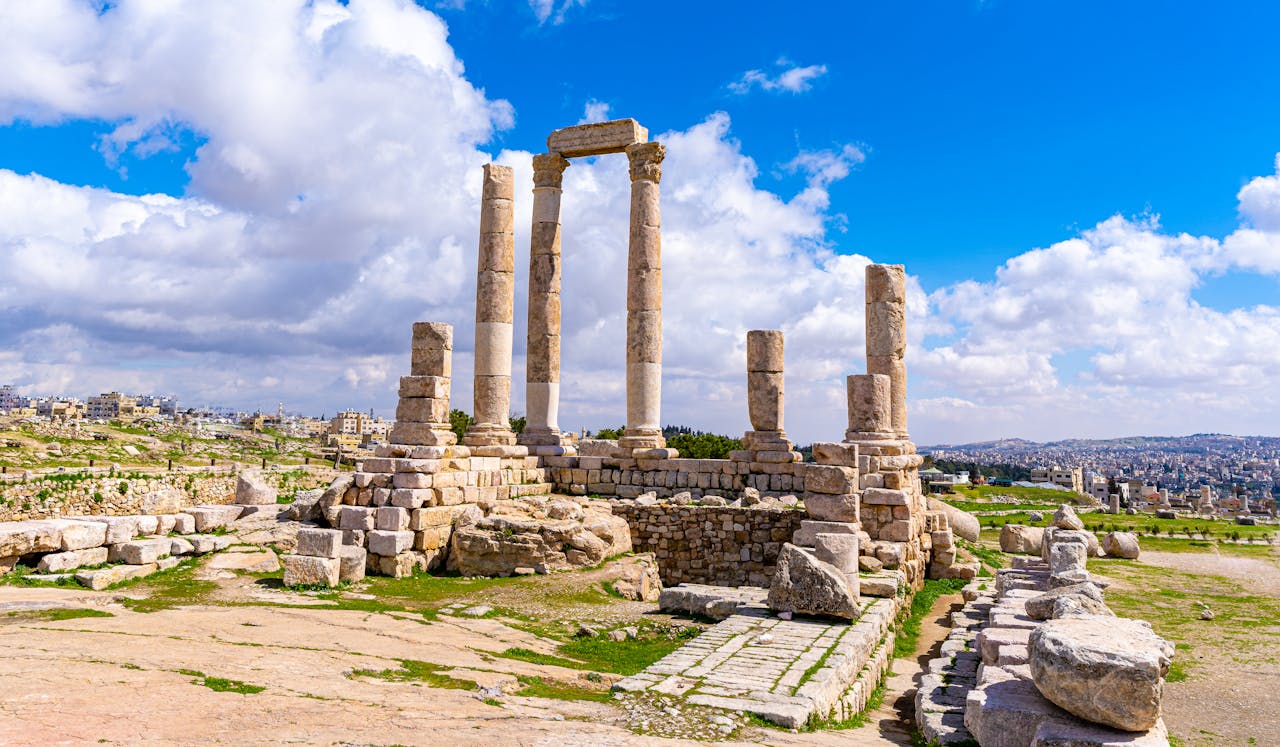
Jordan's capital, Amman, is a modern city that retains a strong connection to its ancient roots. The city's landscape features Roman ruins alongside contemporary buildings. The Amman Citadel, with its Roman Temple of Hercules and the Umayyad Palace, offers sweeping views of the city. The Roman Theater, located in the heart of Amman, is still used for performances and shows. Amman is also home to vibrant souks (markets) and contemporary art galleries that showcase the country’s cultural evolution.
2. Jordan's Cultural Richness: Traditions, Cuisine, and Hospitality
Jordan is renowned for its warm hospitality, often referred to as “guest is a gift from God.” Jordanian people take pride in their culture, and visitors often find themselves embraced by the local community.
Jordanian Cuisine
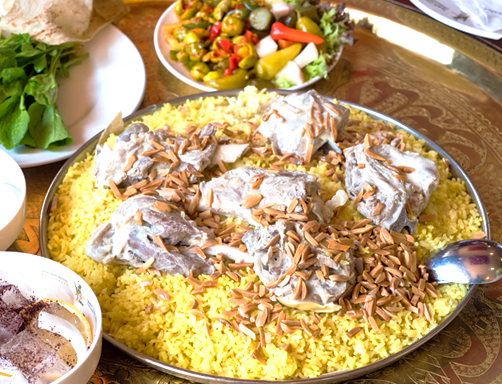
Jordanian cuisine is an aromatic blend of Mediterranean and Middle Eastern influences. The country’s signature dish, Mansaf, is a delicious combination of lamb cooked in a yogurt-based sauce and served over rice. Falafel, hummus, and tabbouleh are also staples of the Jordanian diet. For dessert, be sure to try kunafa, a sweet pastry made with cheese and soaked in sugar syrup. Street food vendors also offer a wide variety of snacks, including shawarma and freshly baked pita.
Cultural Festivals and Traditions

Jordan celebrates a rich array of festivals, from traditional folk dances to modern music events. The Jerash Festival of Culture and Arts is one of the most popular events, bringing together international and local performers to showcase Jordan’s cultural and artistic diversity. Other important festivals include Eid al-Fitr, marking the end of Ramadan, and Jordan Independence Day, celebrated with parades and events across the country.
3. Unrivaled Natural Beauty: Exploring Jordan’s Landscapes
Jordan’s natural beauty is as diverse as its history. From the arid deserts of Wadi Rum to the lush forests of Ajloun, Jordan offers visitors a wide range of outdoor experiences.
Wadi Rum – The Valley of the Moon
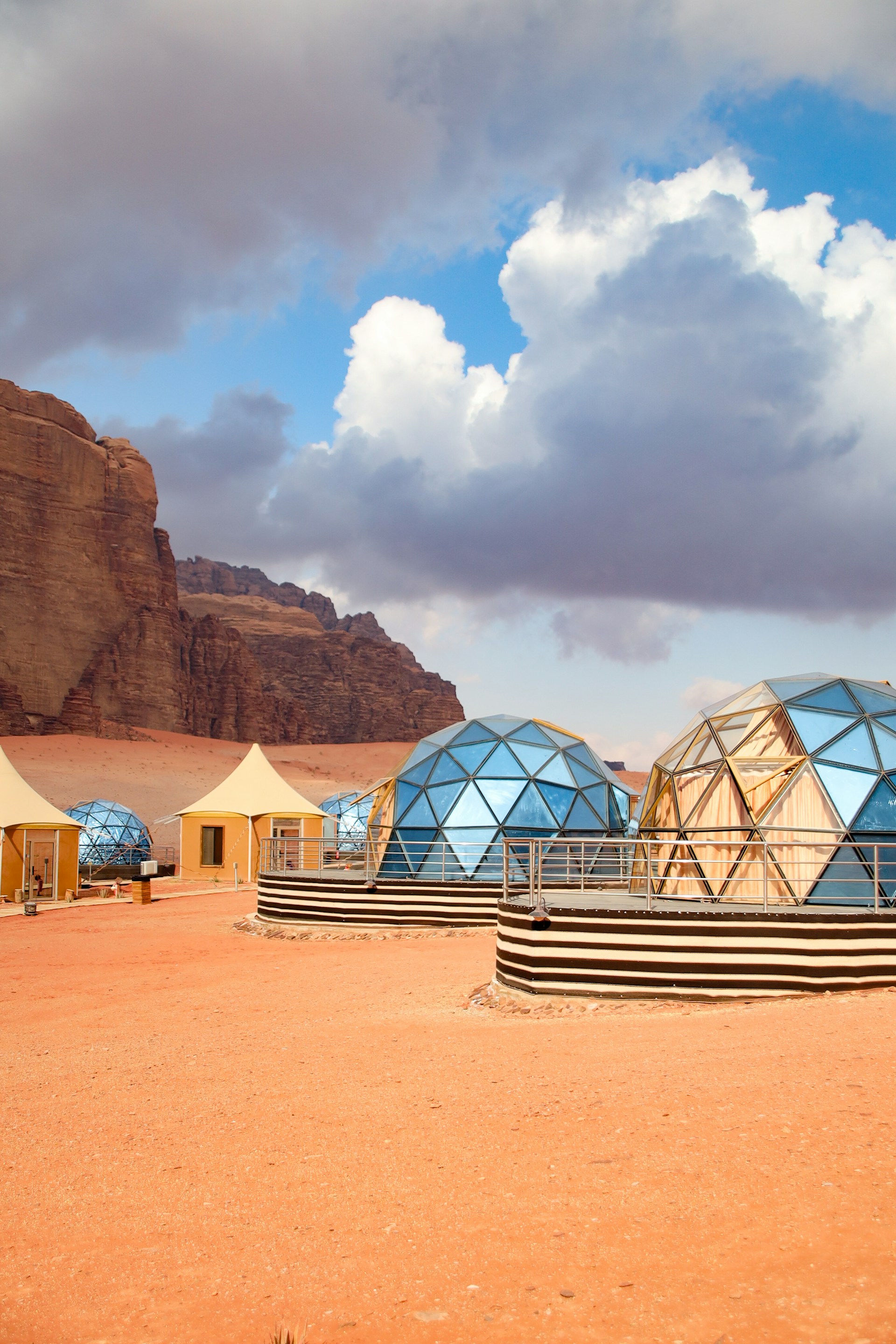
Wadi Rum, often referred to as the “Valley of the Moon,” is a UNESCO World Heritage site that evokes the feeling of stepping onto another planet. Its towering sandstone mountains, dramatic cliffs, and sweeping sand dunes have been the backdrop for numerous films, including Lawrence of Arabia and The Martian. Visitors can enjoy jeep tours, camel rides, and stargazing, all while immersing themselves in the Bedouin way of life.
The Jordan Trail – Hiking Across Jordan
The Jordan Trail, a 650-kilometer-long hiking path, takes adventurers on a journey through Jordan’s varied landscapes, from the north’s lush forests to the desert expanses of the south. The trail passes through ancient ruins, remote villages, and scenic valleys, offering an unparalleled way to experience the country’s natural beauty.
The Dana Biosphere Reserve
The Dana Biosphere Reserve is Jordan’s largest nature reserve, known for its diverse ecosystems. From rocky mountains to dry valleys and rich forests, the reserve is home to a variety of wildlife, including rare species such as the sand cat and Syrian brown bear. The reserve is a popular destination for hiking, birdwatching, and camping.
4. Adventure Travel in Jordan: From Diving to Rock Climbing

Jordan isn’t just for history and relaxation; it’s an adventure destination with plenty to offer for outdoor enthusiasts.
5. Practical Travel Tips for Visiting Jordan